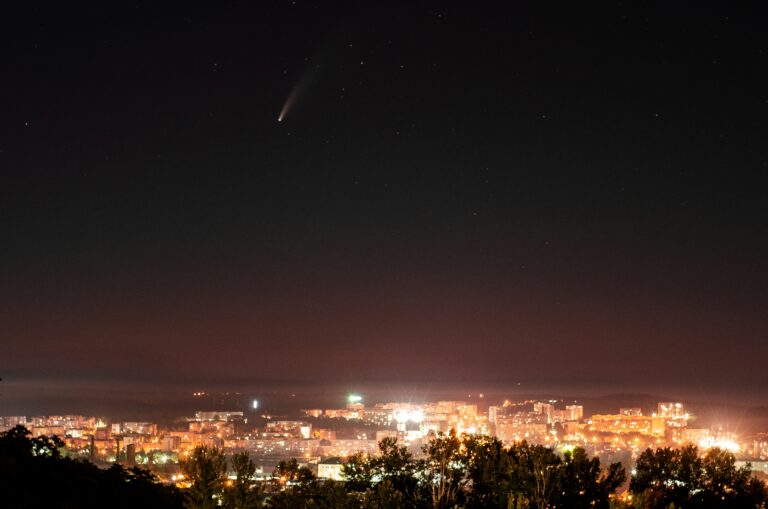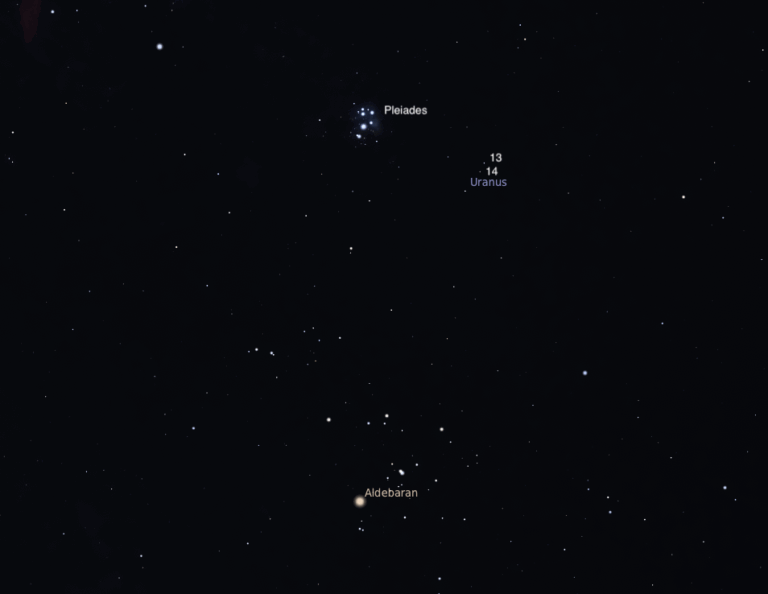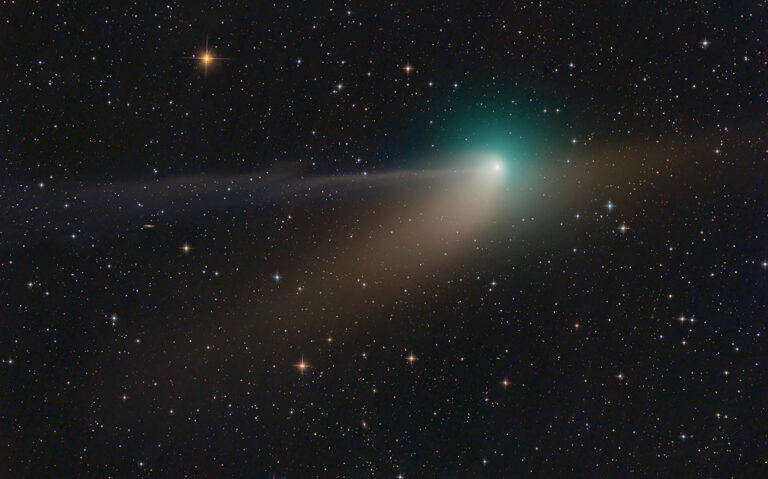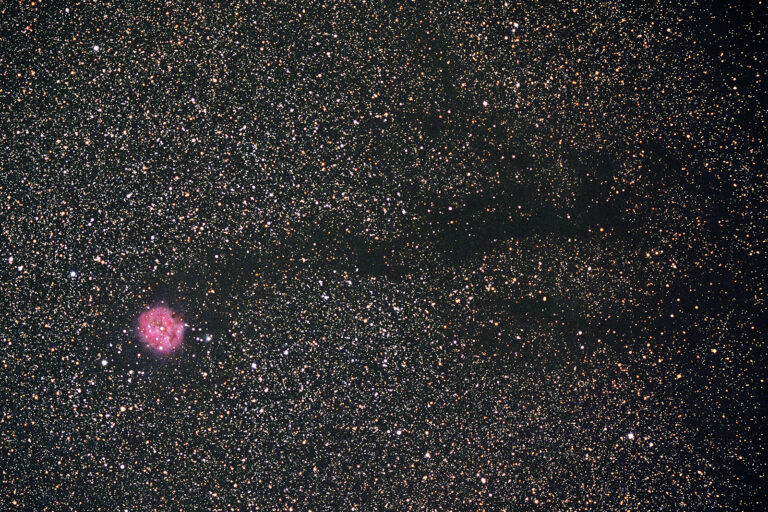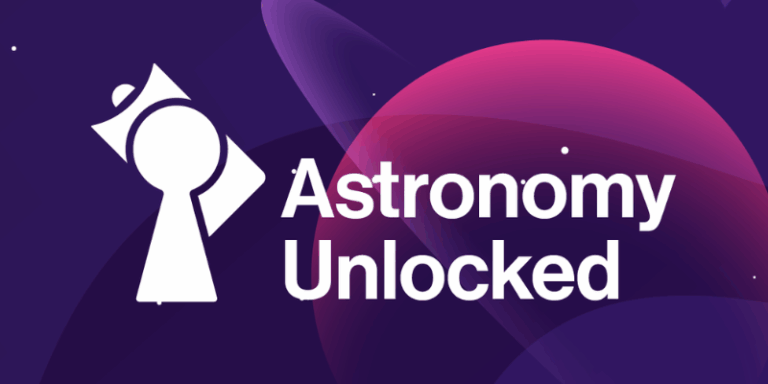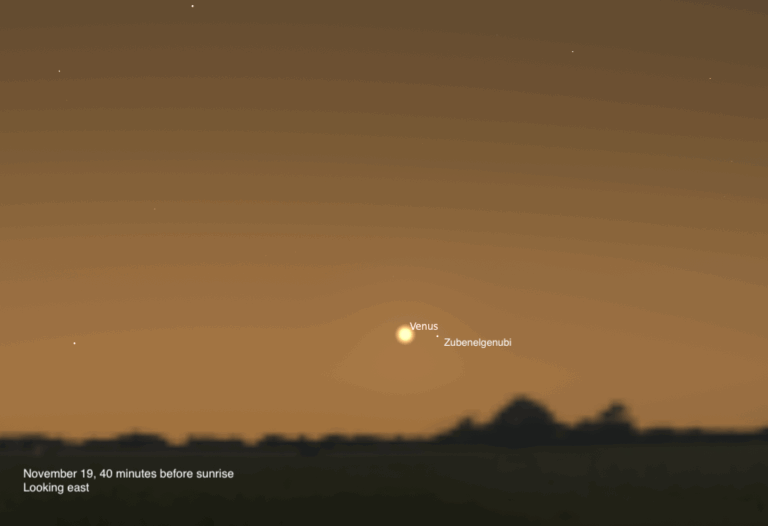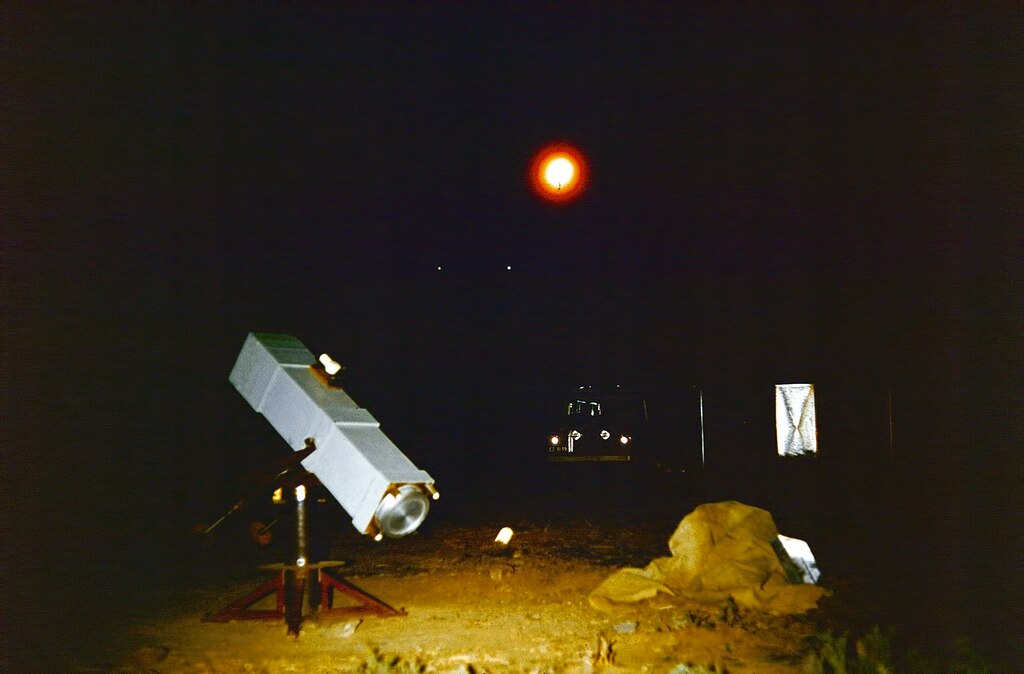
Credit: ESO/J. Doornenbal
Key Takeaways:
- Successful astronomical observing sessions are significantly enhanced by pre-planning an observing list, ideally sorted geographically (west to east) to optimize viewing flow.
- Observers are advised to maintain flexibility during sessions, allowing for the discovery of new objects, and to initiate viewing with less challenging targets to prevent early frustration.
- Contingency planning is crucial, including preparing a "challenge list" for exceptional sky conditions and an alternative observing list for a different sky region to mitigate issues like localized cloud cover.
- Methods for compiling observing lists vary, encompassing engagement with astronomy clubs, consulting publications, incidental discoveries, re-examining previously observed intriguing objects, and systematically scanning star charts for targets.
Among the many amateur astronomers I have known, far too few actually think about their observing session before they head out. Oh, they make sure they have the right equipment, power, even food. But not many of them take a list of the objects they want to view.
But more than one of my friends has advised, “Always prepare your observing session by assembling an observing list. Use your star charts, software, the internet, and other sources to find objects. Even if you’ve got a go-to system, you’ll benefit from sorting your objects in a natural order of observing, west to east.”
Of course, it’s probable that you’ll find interesting sights along the way that aren’t on your list. So, don’t be so locked in that you don’t want to add anything. Always give your observing session a smooth start. Don’t target ultra-faint stuff at the beginning, or you run the risk of getting frustrated.
If the skies prove to be absolutely super, keep a challenge list on hand to take advantage of the unexpected conditions. Finally, although it may seem fruitful to concentrate on a small area of sky (like a single constellation), beware that clouds may stay in your chosen area all night long. So bring a second list for an alternative spot.
Steven R. Coe, of Phoenix, Arizona, a dedicated observer and author of the book Deep Sky Observing: an Astronomical Tour, has used a wide variety of methods to create an observing list. Here’s a list of his top five.
1) One of the most compelling reasons to belong to an astronomy club is to be in contact with lots of other observers and get a chance to look at someone else’s favorite object and add it to your list.
2) Obviously great books and articles in Astronomy provide good information on objects to point to scope toward.
3) I have just plain stumbled onto objects while searching near a well-known deep sky goodie. As an example, I “discovered” NGC 1528, a very nice open cluster in Perseus, while scanning with binoculars many years ago.
4) Some years ago I re-read all my observations so far. Then, as I did that, I made a list of observations that intrigued me and I re-observed those objects to see if I could still see the feature that I wrote about years before. It was a fun project and I would recommend it to anyone. Fun to go visit old friends again.
5) A few times I have just open Uranometria to a page that was on the meridian and starting looking for the objects on that page. That can be lots of fun also.”
I especially like Steve’s #4 above. But however you compile your pre-observing list, I hope you get a great view of every object on it!

